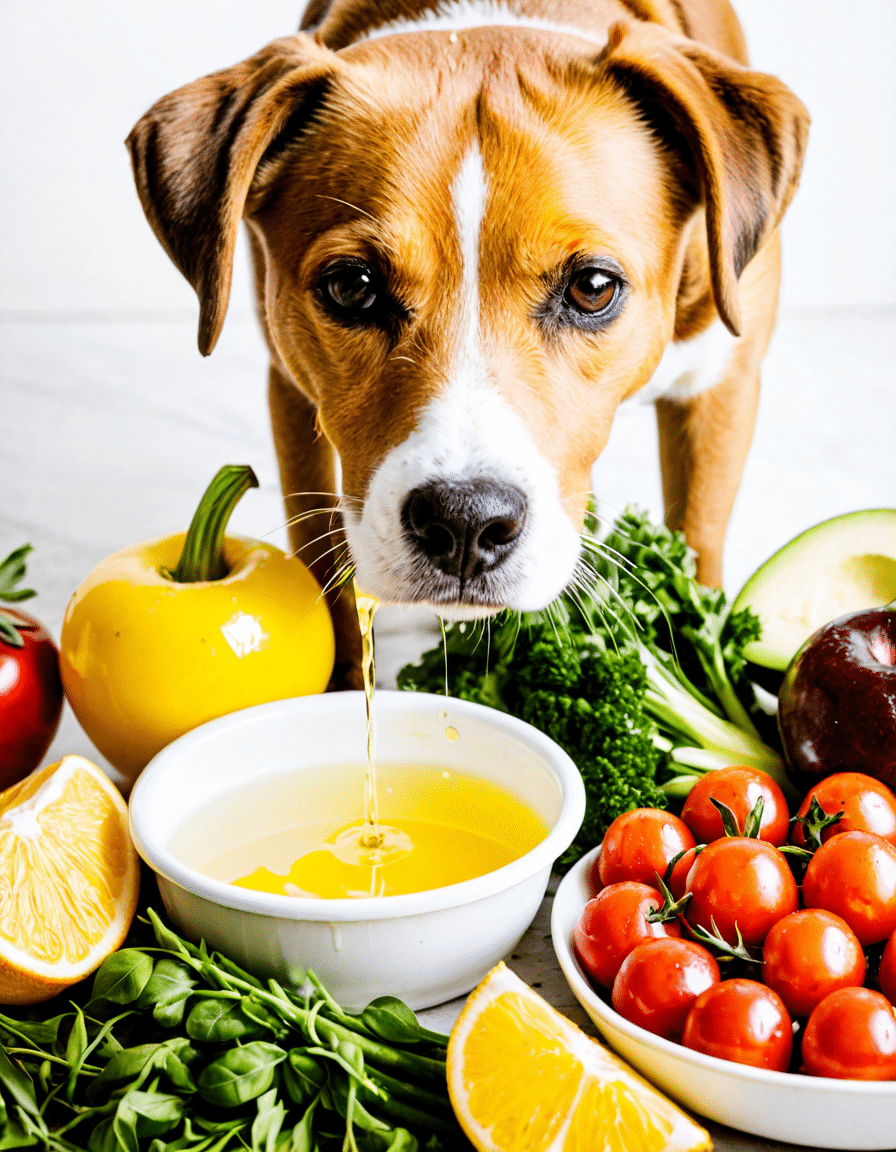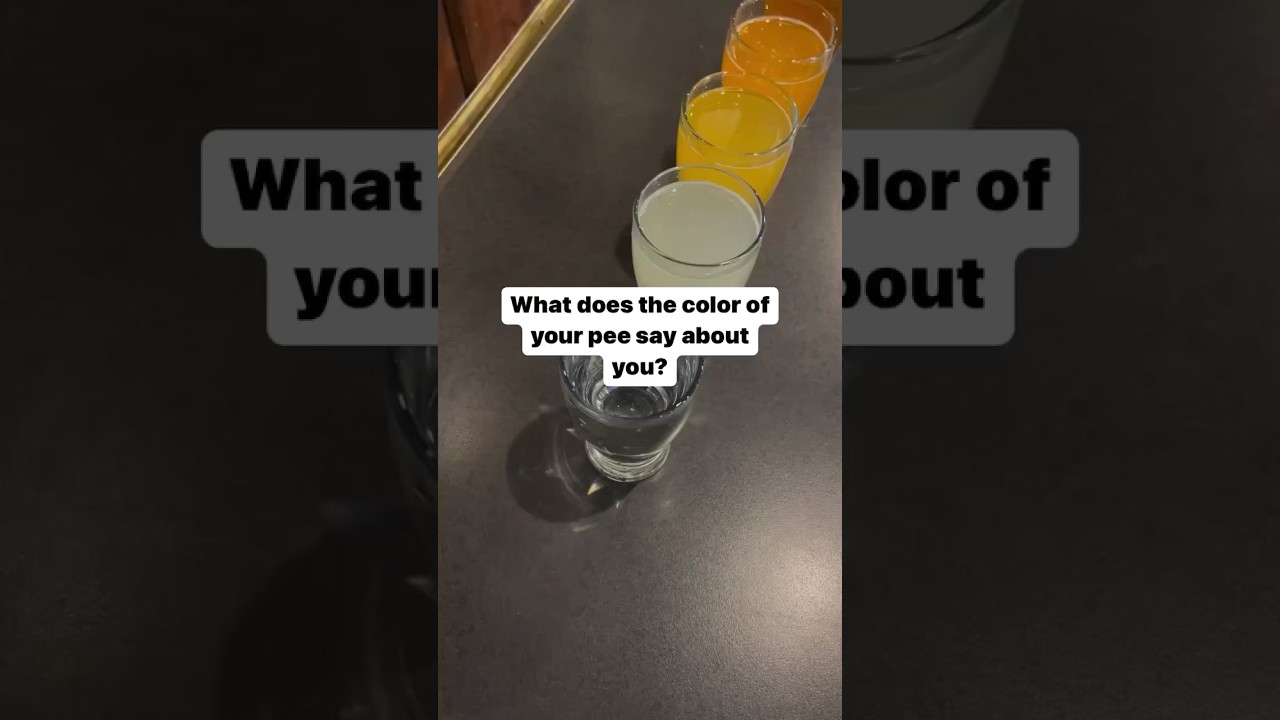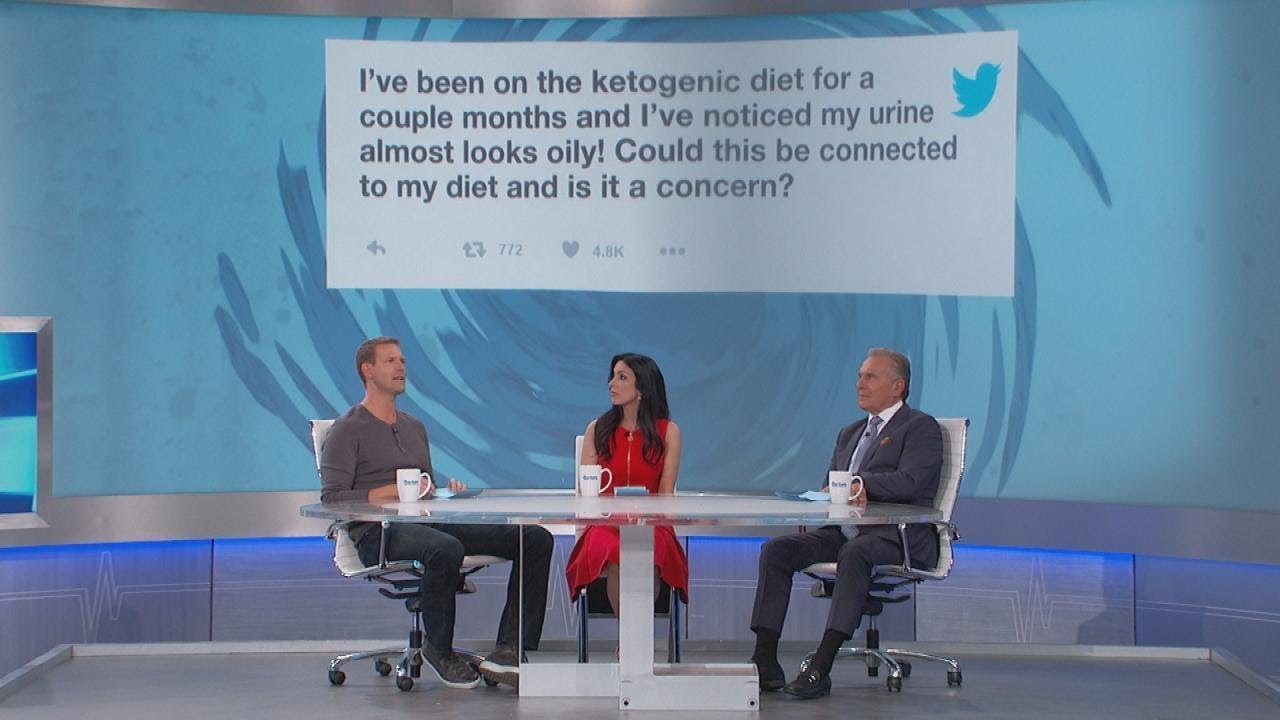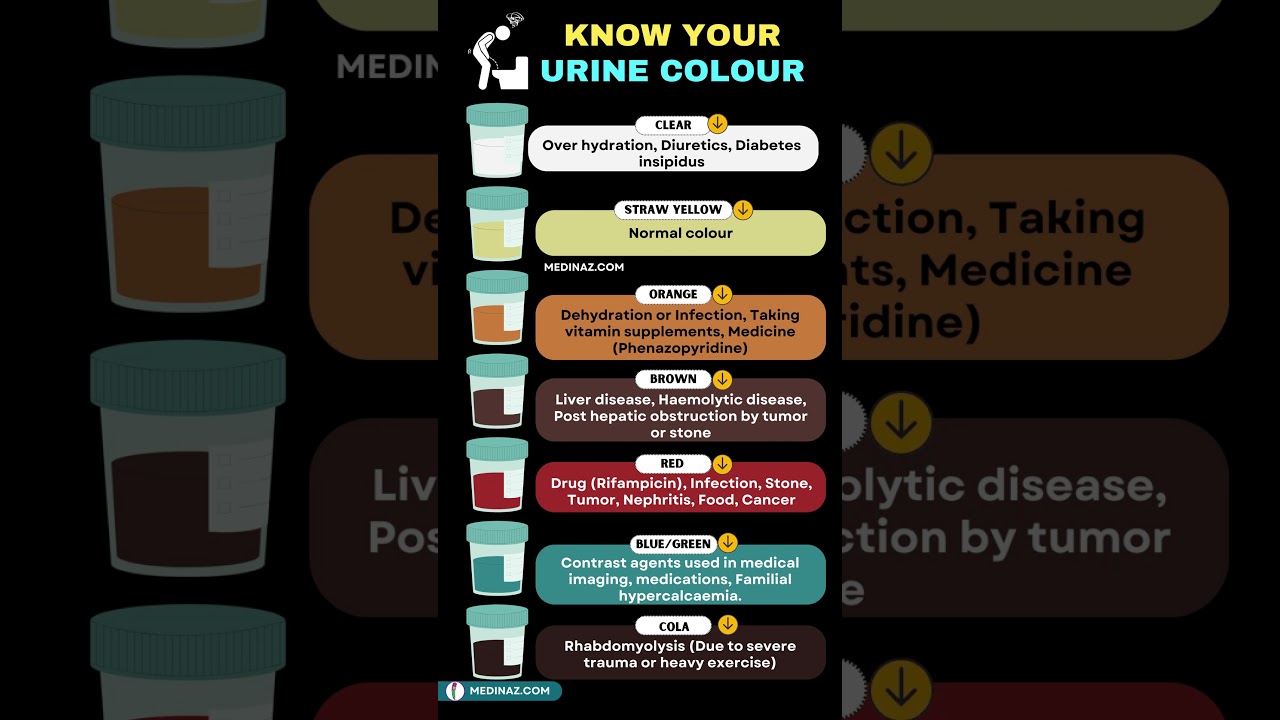Noticing pee that looks oily in your pet can throw any owner into a state of alarm. This peculiar appearance often comes along with shiny, slick urine and might be accompanied by unusual colors or strong odors. But how do you know if it’s just a temporary issue or a sign of something more serious? In this article, we’ll dive into what oily pee can indicate about your furry friend’s health, keeping an eye out for other symptoms and practical steps to take.
Understanding Pee That Looks Oily: The Signs and Symptoms
When you see urine that resembles motor oil, it can be disconcerting. Oily urine often has a distinct shine and can be darker than usual. However, it’s not just the appearance you need to pay attention to. Additional symptoms, such as excessive licking, changes in drinking habits, or sudden shifts in appetite, provide crucial clues about your pet’s health.
Changes in behavior, like increased thirst or frequent bathroom trips, should raise red flags. If you notice a lack of energy or unusual lethargy, combined with oily urine, it’s time to get concerned. Monitoring your pet closely for these signs could make all the difference.
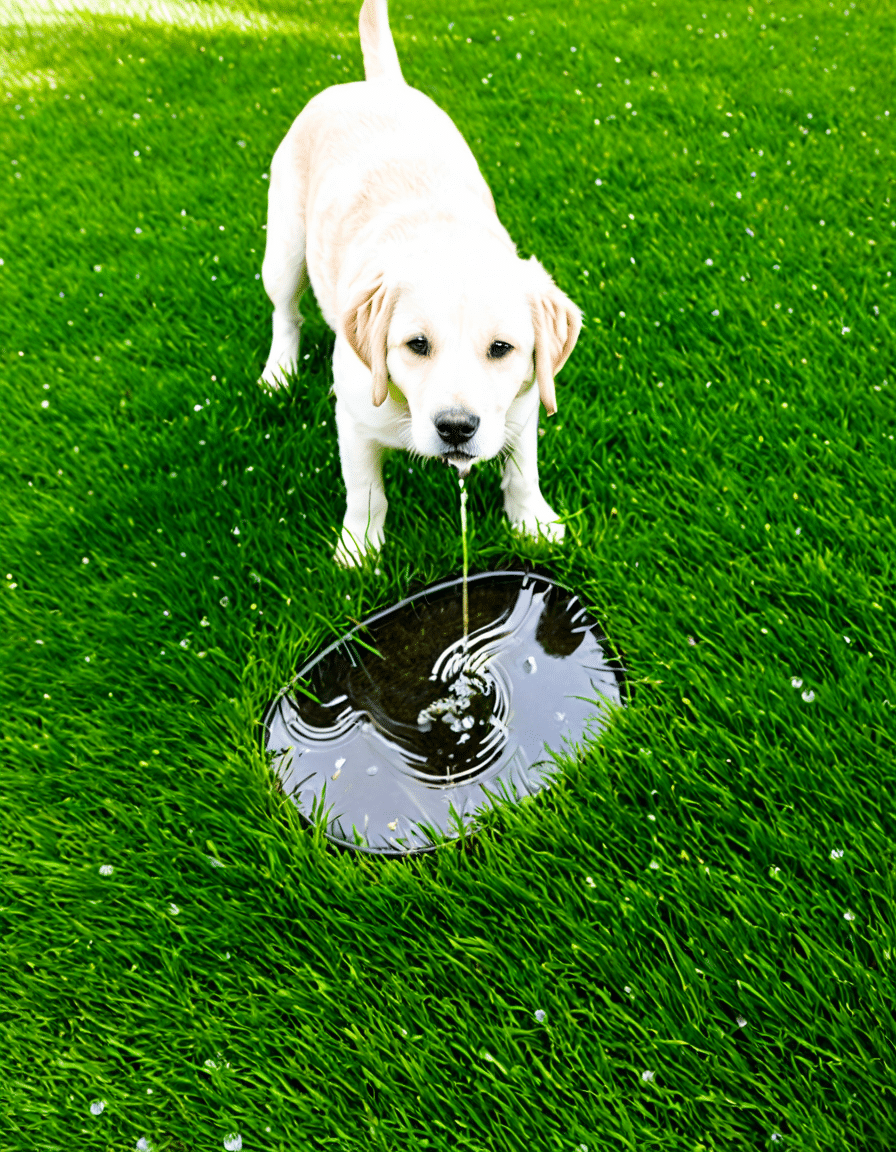
Top 5 Health Issues Indicated by Oily Urine in Pets
When your pet has pee that looks oily, it could hint at underlying health issues. Let’s break down five potential conditions that might be at play:
1. Kidney Disease
Kidney-related issues can result in various urinary symptoms, including that greasy appearance in your pet’s urine. Oily pee may indicate excess protein or fat accumulating due to poor kidney filtering. If you suspect kidney disease, watch for symptoms like increased thirst and urination or even a decreased appetite.
2. Liver Disease
The liver plays a crucial role in processing toxins in your pet’s body. When it’s not functioning properly, you might notice not only oily urine but also possible signs like jaundice—yellowing of the eyes and gums—and a strong musky smell from your pet. Keep an eye out for behavioral changes that might suggest discomfort or pain.
3. Urinary Tract Infections (UTIs)
Infections in the urinary tract can make urine appear oily or even murky. You may also notice unpleasant odors and changes in your pet’s bathroom habits, like straining or increased frequency. If you see oily pee coupled with symptoms like stinky ear wax or unusual demeanor, it could indicate a UTI needing immediate vet attention.
4. Diabetes Mellitus
In instances of diabetes, pets may show changes in their urine’s consistency, including an oily look. The oily pee could result from the body trying to expel excess sugars through urination. It’s vital to observe other symptoms, such as excessive thirst and weight loss, as they can be telltale signs of diabetes mellitus.
5. Hormonal Imbalances
Hormonal problems, especially in pets with Cushing’s disease, can also lead to changes in urine viscosity, resulting in that oily appearance. If you notice signs like rapid weight gain or increased thirst along with greasy pee, a trip to the vet is essential for diagnosis.
Other Symptoms to Watch For: Beyond Oily Pee
Beyond pee that looks oily, other symptoms can offer clues to your pet’s overall health. Here are some key indicators to watch:
By keeping a close eye on these symptoms, you can have a more comprehensive understanding of what’s happening with your pet.
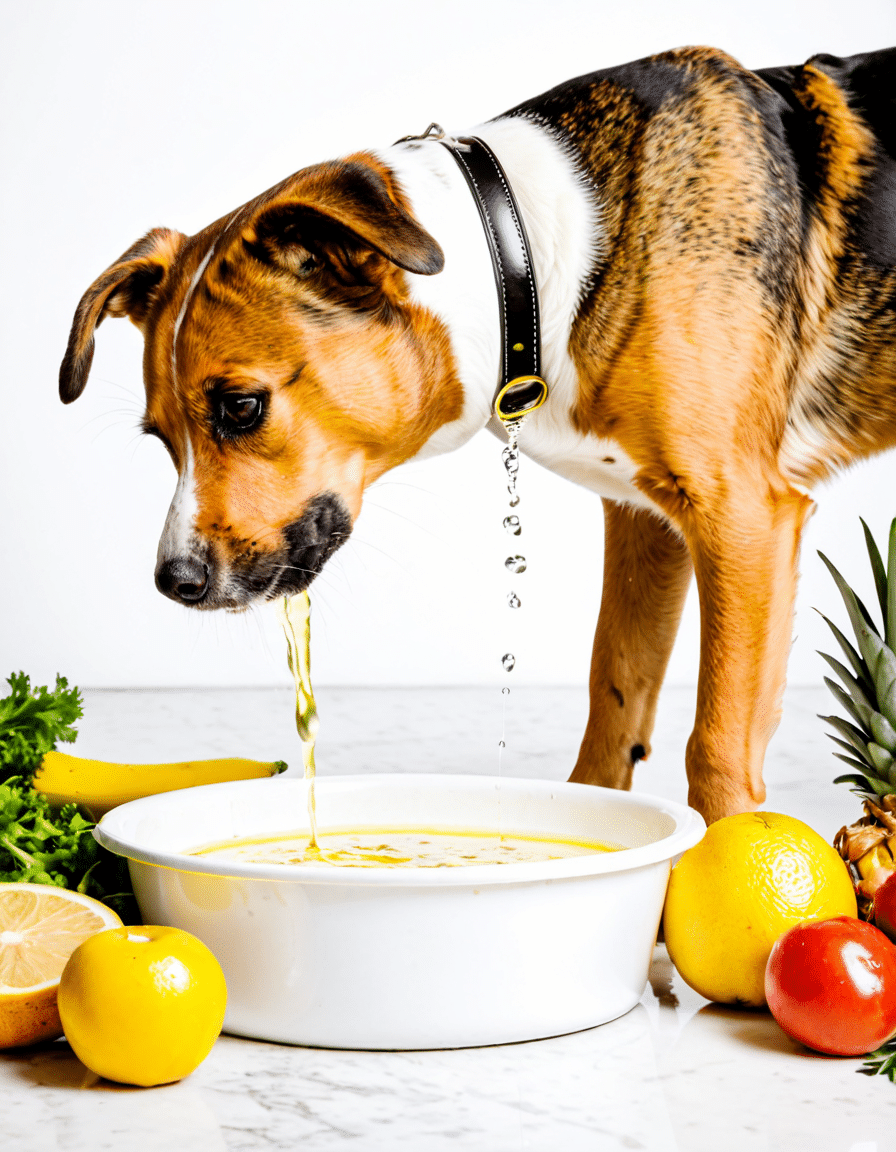
The Role of Fleas and Skin Conditions: Hair Grease for Fleas
If your pet is suffering from a flea infestation, it can lead to conditions impacting urine consistency. Here are some details on how this works:
What to Do If You Notice Oily Pee in Your Pet
It’s essential to act quickly if you observe pee that looks oily. Here’s a step-by-step guide on what to do next:
Wrapping It Up: Taking Action for Your Pet’s Health
Noticing pee that looks oily in your pet is not something to take lightly. While it might suggest minor issues, there’s a possibility it points to serious health concerns. As a responsible pet owner, staying attuned to your pet’s overall health and being proactive about changes in their bathroom habits can be crucial.
Being aware of accompanying symptoms, making informed nutritional choices, and seeking professional guidance can make all the difference for your furry companion’s well-being. Always consult a veterinarian whenever you notice changes in your pet; proactive care is key to maintaining their health and happiness.
If you’re curious about other animal health issues, check out what sound a platypus makes or delve into how to manage situations when dogs get stung by bees as part of your pet care journey!
Pee That Looks Oily: Fun Facts and Trivia
Understanding Oily Urine in Pets
So, you’ve noticed your pet’s pee that looks oily – that’s a little unsettling, right? This can signal underlying health issues, like liver problems or excessive fat in their diet. It’s a good idea to pay attention and consult your vet if you see this happening. Speaking of unusual bodily functions, did you know that your pup can have reactions like if they’ve been Dogs stung by Bees? It might surprise you just how diverse pet health can be!
Dealing with issues like oily urine can lead you to wonder about other quirky animal behaviors. For instance, have you ever asked, What sound Does a platypus make? These intriguing creatures are full of surprises, just like your pet’s health can be! It’s a reminder that our furry friends often communicate through various bodily signs, including their unique pee.
Importance of Observing Changes
It’s essential not to overlook those changes, especially when pet pee that looks oily could also indicate hydration issues or dietary factors. Interestingly, hydration is crucial for all creatures, even the exotic ones like the ones you’ll find if you’re looking for a puffer fish For sale. Each species, whether feline, canine, or aquatic, has specific needs that can impact their health.
Here’s a fun fact: in addition to checking their pee, you should observe your pet’s reactions to stressors, like sudden noises. Just like music fans flipping out at a Morgan Wallen neyland stadium concert, pets have their own ways of expressing discomfort that might affect their health.
What You Can Do
Finding out what’s causing your pet’s oily urine might feel overwhelming; however, being proactive could make all the difference. You might also know that some strange behaviors can be telltale signs of health concerns. For example, if your pet appears lethargic or if you’ve ever seen them flopping around like that old adage, if you’re flopping like a fish, what does that mean?, it’s time to pay close attention.
Engaging in regular vet check-ups can pave the way for better health down the line. And while you’re evaluating their health, think about your own well-being, too! Anyone can take cues from pet care; it’s about taking steps to ensure well-being is continuous and everyone’s happy, much like a day spent enjoying springtime in Chamonix France. Keep an eye on that pee that looks oily – it might just lead you and your furry friend on a path to better health!
